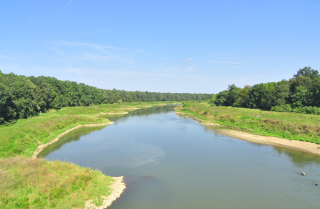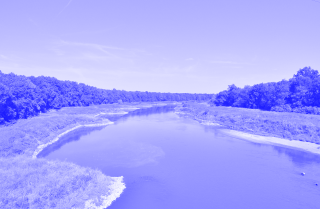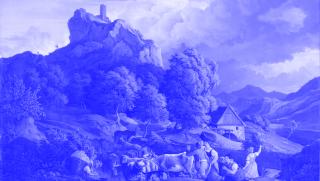Topic
Land Development
In the High Middle Ages, land development extensively reshaped the settlement and cultural landscape of East-Central Europe. The process known as »cerealisation« in particular had many social and ecological consequences, which this project investigates by examining selected examples in an interdisciplinary manner.

From the Carolingian period (8th/9th century) onwards, the inhabitants of the East Frankish realms began to expand their agriculturally used land at the expense of forests, swamps and wasteland zones. The experiences gained through this internal land development were then put to use after the conquest of the Slavic areas east of the Elbe, tackling another far-reaching transformation of the cultural landscape.
Flooding events in the estuary regions of today’s Netherlands gave this transformation further impetus, rendering groups persuadable to migration into the sparsely populated border regions and Slavic principalities that were ready to utilise their skills to restructure and expand the settlement land. Together with the Slavic residents, they razed forests and drained swamps to win new land for development. In other places they dammed up rivers and lakes to power water mills that ground up those grain products not exported to West-Central Europe. Yet this land development of the High Middle Ages, which entailed the construction of numerous innovative towns and cities, had manifold social and ecological consequences that can now be researched with methods from the natural sciences.

